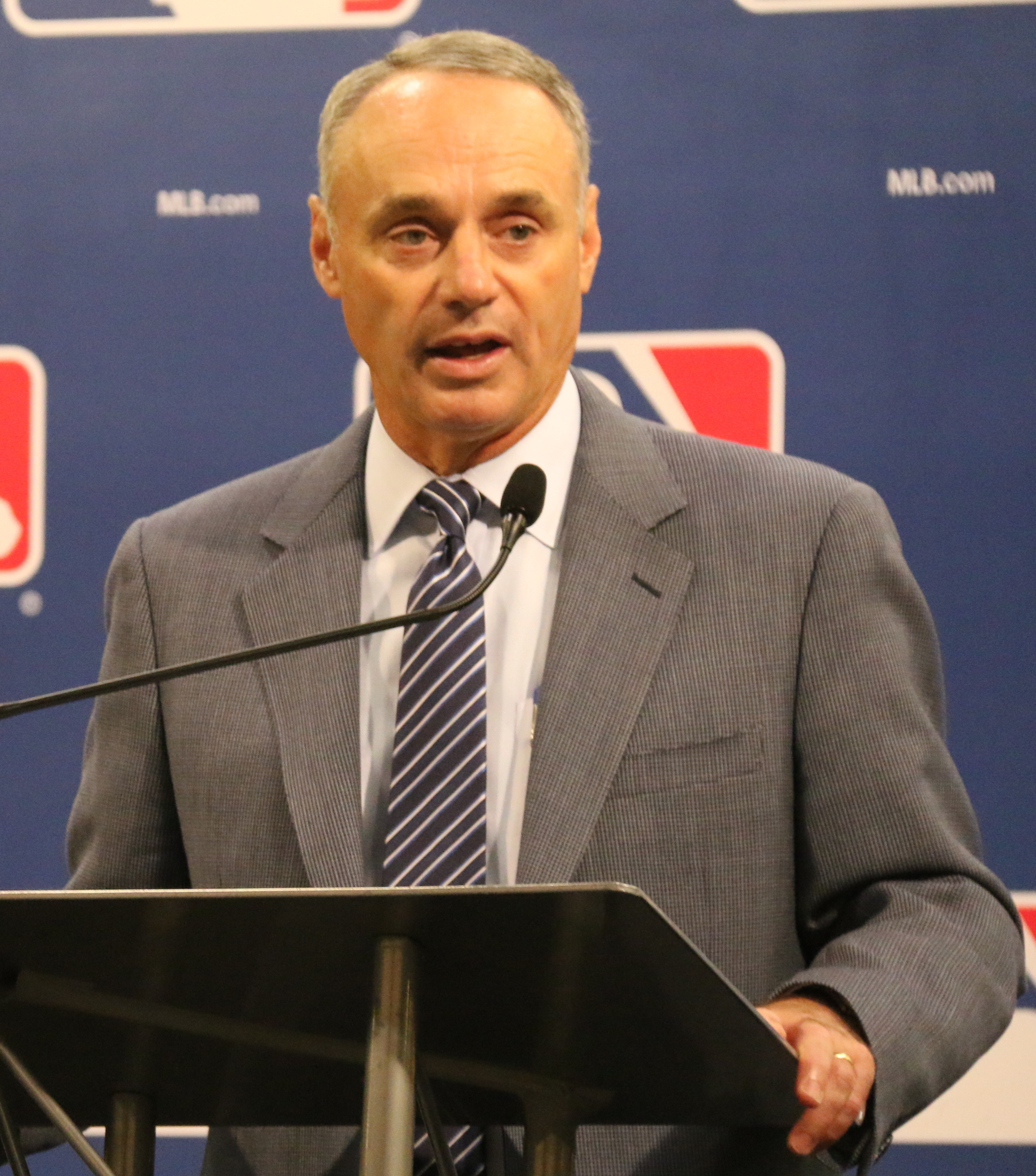On March 10, 2022, the MLB lockout ended after 99 days of work stoppage, marking the end of the second longest work stoppage in the league’s history. The two sides, the owners and players, signed a five-year collective bargaining agreement.
While the lockout ending is fantastic news for the league and its fans, it still stands as a failure. When the lockout began on Dec. 2, 2021, it was crickets from everyone involved. Not one meeting, press conference, video, statement, or even a tweet. Nothing. The two sides did not meet until Jan. 13 over Zoom. Even worse, fans had to wait three months until mid-February to hear from league commissioner Rob Manfred for the first time.
Manfred promised fans the owners were negotiating “in good faith” to make a deal. Up until that point, the owners had only submitted one offer which was deemed “offensive” by the players. Furthermore, the owners knew the submitted offer would never be considered.
On Feb. 14, Manfred issued a deadline of Feb. 28 for the two sides to make a deal for games to happen as scheduled. The short turnaround of only two weeks made it nearly impossible for the league to reach an agreement by his deadline. This made the cancellation of games inevitable — games the players would not be paid for.
The reason for the lockout is simple: The players union and the owners do not get along in Major League Baseball. As negotiations progressed, it became clear the players wanted to limit the control the owners had over them, and the owners were not willing to give up that control. Key negotiations included players becoming free agents, league minimum salary, the league’s luxury tax and the international draft. Other talking points flooded headlines, like having both leagues use a designated hitter or whether or not to ban the shift.
The fact of the matter is,Owners have taken advantage of players for years, and the lockout proves players have grown tired. This situation encouraged them to only sign a fair deal, which had not been done in previous Collective Bargaining Agreement negotiations. The players got their wish, for the most part. Through the new CBA, minimum salary was raised, a pre-arbitration bonus pool was created to reward the best young players, the universal designated hitter was introduced and a system to prevent teams from manipulating service time for player control was initiated. The problem never lay within the writing of the CBA, or what either side did or did not want. It was the way the owners went about negotiating knowing they had no leverage. They knew the players had legitimate concerns and were not willing to discuss them until they were forced. This entire saga — almost 100 days of work stoppage and 184 games canceled — could have been avoided if the MLB allowed themselves to see what was right in front of them: a lack of trust between players and owners.











Be First to Comment